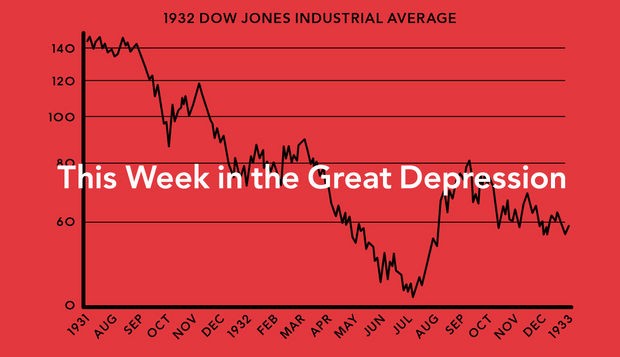History of Algorithmic Trading Shows Promise and Perils Bloomberg Business
Post on: 16 Март, 2015 No Comment

As computers have come to dominate trading, volume on the New York State Exchange has risen sharply. Source: Bloomberg
Aug. 8 (Bloomberg) — When machines replace seasoned traders and market makers, mistakes can occur at dizzying speed.
It happened with the notorious “flash crash” on May 6, 2010, and again on Aug. 1 this year, when software at Knight Capital Group Inc. malfunctioned, triggering unintended trades and leading to a $440 million loss for the company.
Ironically, Knight Capital Group was originally known as a market maker, with trading specialists who oversaw trades on each side of a security to ensure the market functioned in an orderly and efficient manner. The company’s troubles once again show the extent to which Wall Street now relies on algorithmic programs to execute its trades, for better or worse.
Although many in the financial world have expressed concerns that a new era of automated finance is destabilizing the markets, algorithmic trading isn’t new — it’s almost as old as computers themselves.
In 1951, Harry Markowitz, a student at the University of Chicago, took the advice of Jacob Marschak, his Ph.D. supervisor, and focused his dissertation on applying mathematical concepts to the stock market. The eventual result was modern portfolio theory, which explained how the variance of a security may affect the return that risk-averse investors demand for riskier securities.
Previously, the typical method to evaluate securities had been the fundamental-analysis approach, developed in the 1930s by John Burr Williams, in which investors analyze price-to-earnings ratios and other metrics of a company’s health. Both techniques were designed to help investors determine the correct price for a security, and both became standard tools for analysts.
Optimal Portfolio
Once Markowitz proposed his new approach, he helped design algorithms that could do the many calculations necessary to determine an optimal investment portfolio. With his work and the development of the IBM System/360 computer in the 1960s, financial economists and practitioners were finally able to analyze the millions of data points that modern markets generate.
Almost immediately, large investment houses and funds explored whether these emerging computer techniques could determine which direction a properly priced security ought to go. The capital asset-pricing model — an extension of Markowitz’s theory that allowed for pricing individual securities — became the primary tool of asset pricing as a function of risk, while fundamental analysis continued to guide analysts looking to glean bits of information that others may not yet have.
Such pricing techniques were written into computer code that told sophisticated traders when a given security was undervalued or overvalued. Investment houses began using these techniques in the 1970s and ’80s to guide trades. As the personal-computer revolution unfolded in the ’80s and ’90s, their proprietary techniques were adopted more broadly. Soon, extensive research departments were the only advantage that investment houses had. Their technological edge was largely usurped.
At the same time, another theoretical methodology became more widely accepted. Signal theory is a technique used to extract patterns and information from data. Chartists, or technical analysts, weren’t concerned about what a security price ought to be, but rather what fluctuations in a stock price might portend. The information that can be gleaned from a fluctuating stock price depreciates rapidly, so while investment houses focusing on fundamental analysis would execute profitable trades over days or weeks, the signals that technical analysts detected had to be acted on almost immediately.
Fleeting Information
No longer could an investment company afford to wait for a human to execute the trade a computer recommended. Computers were programmed to act immediately on fleeting information.

Long-Term Capital Management, the hedge fund founded by John Meriwether in 1994, used computers to detect very small and fleeting differentials in securities prices to make huge profits in global bond and derivatives markets in the late ’90s. Their profits were fleeting, too, though. Their computer trading algorithms were soon imitated by others, which required LTCM to seek out new methodologies and markets. Soon, such risk taking led to the fund’s downfall. In 1998, the New York Federal Reserve had to orchestrate a bailout.
Following the LTCM debacle, there was scant attention paid to the potentially destabilizing role of algorithmic trading in financial markets. LTCM’s techniques weren’t broadly understood, and those who appreciated them were busy designing algorithmic-trading departments of their own. Few wanted to let that cat out of the bag.
Algorithmic trading soon evolved into nanotrading. In the signal extraction world, a second is an eternity. An algorithmic-trading facility located within a block or two of the New York Stock Exchange’s servers could see trade data a millisecond sooner than a trading facility half a state away. A modern computer can execute millions of calculations in that millisecond. Such signal theory and nanotrading soon required that humans were all but removed from trade execution.
We may never return to primary reliance on fundamental analysis and computer-aided trading. Chartists and algorithmic traders now rule the day, and computers now do battle against one another’s algos. If the history of such technology tells us anything, it’s that we can expect more meltdowns.
(Colin Read is chairman of the finance department at the State University of New York, Plattsburgh. He is the author of the “Great Minds in Finance” series and other finance titles published by Palgrave MacMillan.)
Read more Echoes columns online.
To contact the writer of this post: Colin Read at readcl@gmail.com.
To contact the editor responsible for this post: Timothy Lavin at tlavin1@bloomberg.net.














